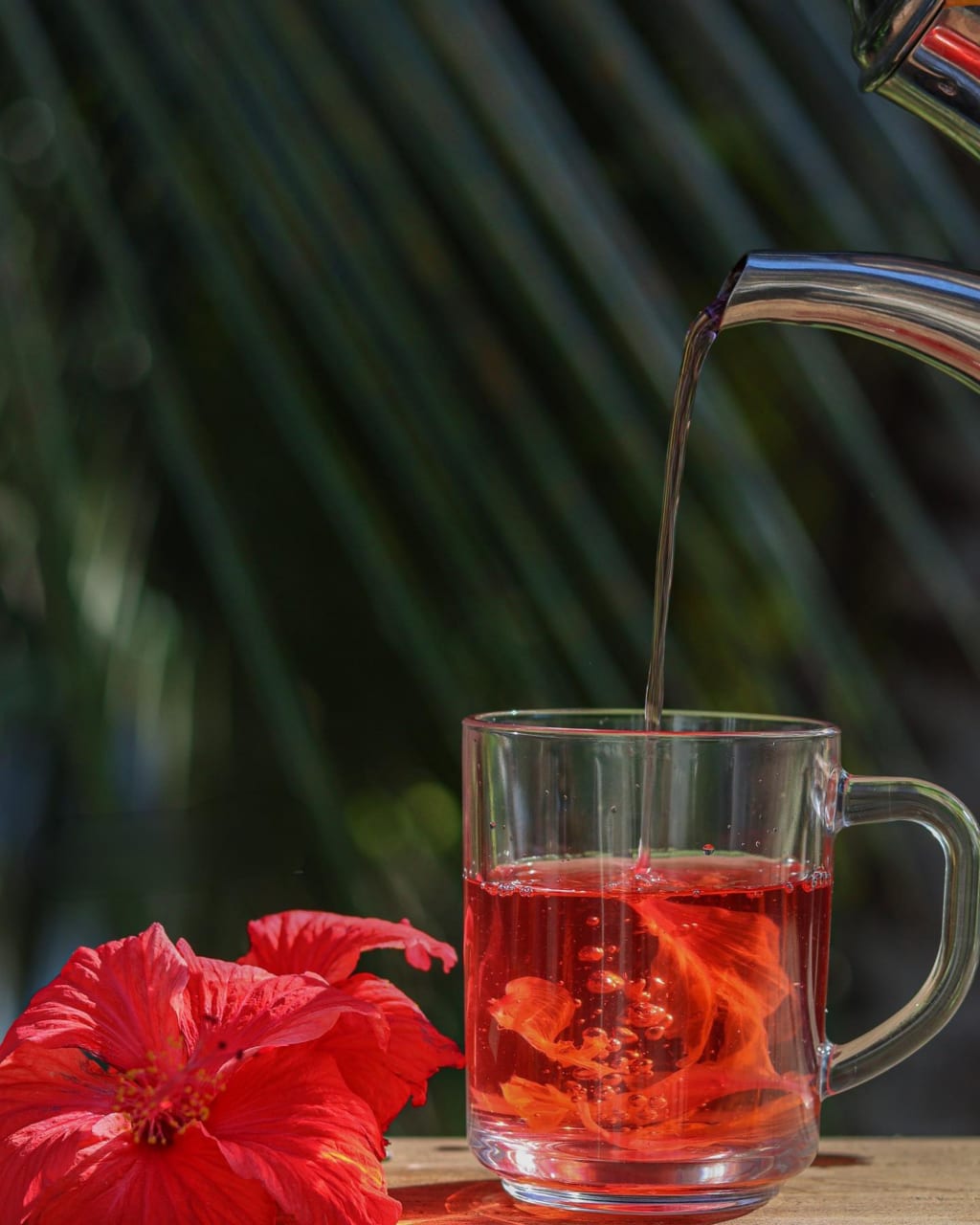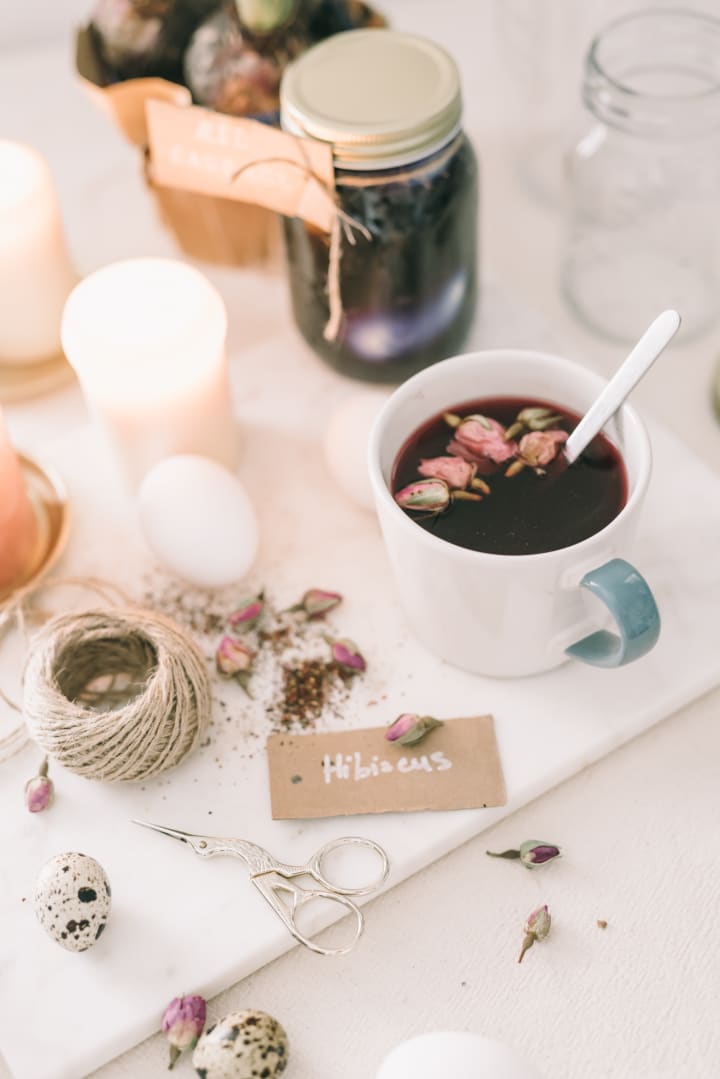The Healing Properties Of Hibiscus: How This Flower Can Lower Your Blood Pressure
Blood pressure control

Introduction
In the medical world, high blood pressure is referred to as hypertension, and it is a major public health problem that affects millions of people all over the world. It is possible for it to lead to severe complications, such as heart disease, stroke, and kidney difficulties, if it is not handled properly. It is normal practice to prescribe pharmaceuticals for the control of hypertension; however, natural remedies can be used in conjunction with conventional therapy. Hibiscus, which is a gorgeous flower, is known to possess exceptional healing powers. It is one of the natural remedies. Recent years have seen an uptick in the number of scientific studies that investigate the potential of hibiscus to lower blood pressure. The purpose of this in-depth article is to investigate the numerous characteristics of the hibiscus plant and its capacity to effectively lower blood pressure.
Understanding Hypertension
It is necessary to have a thorough understanding of hypertension in order to comprehend the healing capabilities of the hibiscus and its impact on blood pressure. Hibiscus has been shown to lower blood pressure. When the force of blood against the walls of the arteries is consistently high, a condition known as hypertension results. This places strain on both the heart and the blood vessels. Modifications to one’s lifestyle, such as those pertaining to food, regular exercise, the management of stress, and the taking of medication, are essential components of an efficient hypertension management plan.
The Hibiscus Plant
The hibiscus plant, also known as Hibiscus sabdariffa according to its scientific name, is a member of the Malvaceae family and is indigenous to warm, humid climates. Hibiscus, which is well-known for the vivid flowers it produces, which may be found in a wide range of colors and sizes, has a long history of usage in traditional medicine. Various components of the hibiscus plant, including flowers, leaves, and calyces, have been extracted and utilized for the medicinal benefits they offer. Hibiscus tea, which is prepared from the dried calyces of the plant, is particularly well-liked due to the pleasant flavor it imparts as well as the possible health benefits it offers.
Antioxidant and Anti-Inflammatory Properties
The hibiscus flower contains a high concentration of antioxidants, such as flavonoids and anthocyanins, which are essential for reducing the oxidative stress and inflammation that occur within the body. Antioxidants help neutralize harmful free radicals, so reducing the chance of damage to blood vessels, which can reduce the risk of developing hypertension. Oxidative stress is a significant factor to hypertension. In addition, hibiscus has powerful anti-inflammatory actions, which can reduce inflammation in blood vessels and improve cardiovascular health in general.
Blood Pressure-Lowering Effects
Numerous scientific studies have been conducted to examine the effects of hibiscus on blood pressure reduction, and the findings have been encouraging. According to a number of studies, drinking hibiscus tea on a consistent basis may result in important drops in both the systolic and diastolic readings of one’s blood pressure. For instance, the results of a randomized controlled experiment discovered that patients with hypertension who drank hibiscus tea on a regular basis for a period of six weeks experienced a considerable reduction in their blood pressure. It is believed that the hypotensive effects of hibiscus are caused by its ability to inhibit the angiotensin-converting enzyme (ACE), which is involved in the regulation of blood pressure.
Other Cardiovascular Benefits
In addition to its ability to decrease blood pressure, hibiscus also offers additional benefits for the cardiovascular system. Studies have demonstrated that hibiscus has the ability to enhance lipid profiles by lowering total cholesterol, low-density lipoprotein (LDL) cholesterol, and triglyceride levels, while simultaneously raising high-density lipoprotein (HDL) cholesterol, also known as “good cholesterol.” These changes in lipid profiles contribute to a better cardiovascular system and a lower chance of developing heart disease, both of which are the results of the improved health of the cardiovascular system.
In addition to this, it has been shown that hibiscus possesses anticoagulant qualities, which inhibit the formation of blood clots and increase blood circulation. This can have a good influence on overall cardiovascular health by reducing the risk of heart attacks and strokes, which in turn can have a positive impact on overall cardiovascular health.

Mechanisms of Action
Investigating the mechanisms of action behind hibiscus’ ability to reduce blood pressure is essential if one wishes to comprehend how the plant accomplishes this. Angiotensin-converting enzyme (ACE) is an enzyme that is responsible for the generation of angiotensin II, which is a powerful vasoconstrictor. It is believed that the major mechanism is the suppression of this enzyme. Hibiscus helps to lower blood pressure and reduce peripheral resistance by blocking an enzyme called ACE. This results in a dilating effect on blood vessels.
In addition to this, it has been shown that hibiscus possesses diuretic qualities, which encourage an increase in urine output as well as the excretion of sodium. This diuretic impact can contribute to a reduction in blood volume, which can ultimately result in a reduction in blood pressure.
Optimal Dosage and Preparation
Finding the right amount of hibiscus to take and how it should be prepared is essential in order to get the blood pressure-lowering results that you want from it. The vast majority of research has made use of hibiscus tea, which is made by infusing dried hibiscus calyces in boiling water. According to the findings of the study, the amount of dried hibiscus calyces that should be consumed on a daily basis is anywhere from 1.25 to 10 grams. It is essential to keep in mind that different people will have different reactions to hibiscus. Because of this, it is best, to begin with a smaller dosage and gradually raise it as necessary.
Safety Considerations
Even while the hibiscus plant can be consumed without risk, there are a few things you should bear in mind before doing so. Hibiscus should not be added to the treatment regimen of those who are already taking antihypertensive drugs without first consulting with their primary care physician. Hibiscus has the potential to intensify the effects of these medications, which could result in dangerously low blood pressure levels. In addition, women who are pregnant or breastfeeding should exercise caution before eating hibiscus products and seek the counsel of a qualified medical professional.
Conclusion
The use of hibiscus, a plant known for its colorful blossoms and several health benefits, has recently gained popularity as a natural treatment for high blood pressure. Its capacity to reduce both inflammation and blood pressure, in addition to its antioxidant and anti-inflammatory qualities, makes it a helpful adjunct to conventional treatments for hypertension. It’s possible that drinking hibiscus tea on a regular basis can provide cardiovascular benefits, such as improved lipid profiles and a lower chance of developing heart disease. However, before introducing hibiscus into your routine, it is vital to contact with a healthcare expert. This is especially important if you have any preexisting health concerns or are already taking any drugs. The hibiscus flower, which is known for its powerful medicinal powers, can serve as a useful reminder of the role that nature plays in the process of fostering overall wellness. Therefore, prepare yourself a cup of hibiscus tea, savor its enticing flavor, and let this magnificent flower to assist you on your journey towards improved cardiovascular health.
About the Creator
Abby blasius
I am a passionate content creator with a strong focus on health and wellness. While my educational background lies in a Bachelor of Accounting and Finance, it is my innate desire to help people feel good about themselves in mind, body&soul
Enjoyed the story? Support the Creator.
Subscribe for free to receive all their stories in your feed. You could also pledge your support or give them a one-off tip, letting them know you appreciate their work.






Comments
There are no comments for this story
Be the first to respond and start the conversation.